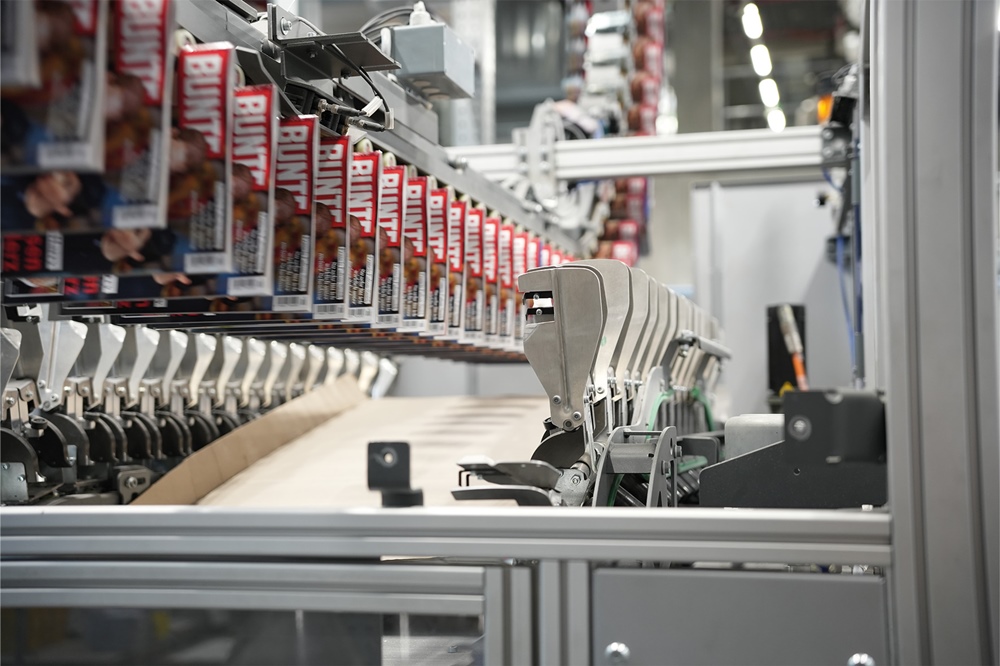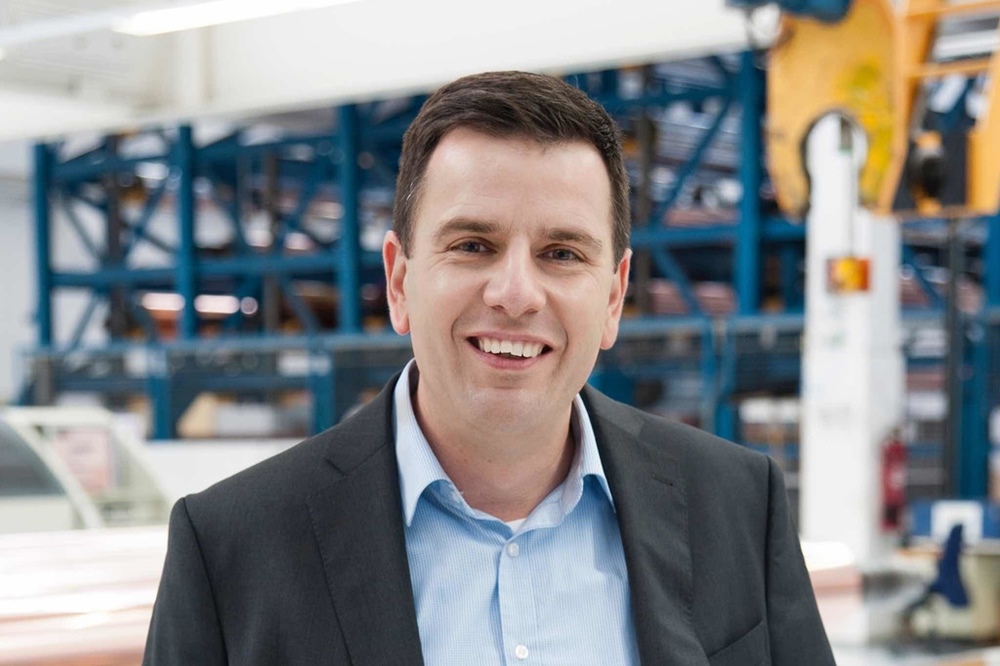NEWS
A changing partnership: Ferag and Burda Druck GmbH
Ferag and Burda Druck GmbH have been partners in the world of printing technology for three decades. Wolfgang Kienzle, General Plant Manager at Burda Druck GmbH, reflected on the development of this partnership and its recent successes during a visit to Switzerland.
“In the past, a partnership like ours was perhaps more common,” begins Kienzle. “But in the last 8 years, since I joined the management team, we have seen that the close relationship between suppliers and customers cannot always be taken for granted due to the fast pace of our society.” During this time of change, the collaboration between Ferag and Burda has become a valuable partnership of equals. “It's about give and take,” emphasizes Kienzle. “The collaboration between suppliers and customers has become more dynamic and offers new opportunities for fruitful, inspiring cooperation.”
Burda Druck sees itself, among other things, as a solution provider for its customers, with whom it works together to develop effective solutions for industrial production. And would like not only customers but also competitors to play an increasing role in the development and implementation of solutions. Both Burda and Ferag are convinced that the involvement of all players contributes to the creation of individual solutions that advance the entire industry. They play a crucial role in keeping products competitive and cost-effective, which ultimately benefits everyone involved.
One important innovation driven by Burda and implemented by Ferag is the development of ferag.ecofix. “Innovations in the machine industry are rare these days,” explains Kienzle. “But we wanted real sustainability, not greenwashing.” The idea for ferag.ecofix came from the ever louder calls for sustainable solutions, but also from the specific challenges that foil cause on sorting and conveyor belts, e.g. when reading barcodes and addresses. To solve these problems, Ferag developed a prototype of the ferag.ecofix and conducted extensive tests on the system together with Burda Druck. The Post accompanied this new development for a year. Finally, after the test phase, the ferag.ecofix solution was approved as a standard solution in fall 2023. This was a milestone. “It shows that innovation is still possible in the graphic arts industry,” says Kienzle proudly. “We are a solution provider for our customers and are also committed to sustainability.”
Ferag.ecofix replaces the use of foils. Publishers and printers reduce their ecological footprint and work more efficiently at the same time. The product enables more environmentally friendly processing of print products, which benefits not only the companies but also their customers. The product has established itself as the industry standard and has proven itself in practice. The first publishing houses are making the use of ferag.ecofix mandatory. On the one hand, this reflects the awareness of environmental and sustainability issues in the printing industry. On the other hand, it ensures that their suppliers use efficient and sustainable production technologies to deliver high-quality and sustainable products.
But the journey does not end here, the future of the printing industry will be shaped by trends. For example, the requirement to produce individual products down to a batch size of one. At a time when personalized ads and products are becoming increasingly important, the ability to cater to the specific needs of each individual customer is crucial. Print companies need to be flexible and able to offer customized solutions, be it for printed ads, marketing materials or even products themselves. This development will not only improve the efficiency and effectiveness of campaigns, but also open up new opportunities for the print industry to further differentiate itself and meet the needs of an increasingly individualized society. “Innovation is essential in order to remain cost-efficient, ecological and customer-oriented,” emphasizes Kienzle.
In this respect, Ferag is positioning itself as a reliable partner and supporter for the printing industry and is sending out clear signals that it will continue to be present in the industry. The company understands the challenges facing print shops and is collaborating with its customers to ensure a stable future for the industry. Despite uncertainties, Kienzle is convinced that the graphic arts industry will continue to exist. “It's about moving closer together and sticking together,” he says, looking to the future. His wish for the next few years? “That we can continue to be proud of what we do and that we can continue to print for our customers for a long time to come,” concludes Kienzle. “The desire to read must be reawakened in young people, and we can play an important role in this.”









